
Interwar Tank Development Mk IV Male Tank, 191617
The New Mark IV. A brand new Mark IV built at William Beardmore's in Dalmuir near Glasgow. The first Mark IV tanks arrived in France in late April 1917, and were issued to units in May. This was the first British tank to be produced and used en masse, and the first where the design could incorporate lessons learned in combat.

WW1 British Mark IV Tank. WW 1 tanks Pinterest Ww1 tanks, Tank, Armored vehicles
As three British Mark IV tanks moved up to support a counterattack to regain the town, three German A7Vs arrived on the scene, triggering history's first tank-versus-tank battle. With two of the British Mark IVs being machine-gun-armed 'females', both were outgunned, and withdrew after the lead A7V, No. 561 'Nixe', damaged them. The remaining.
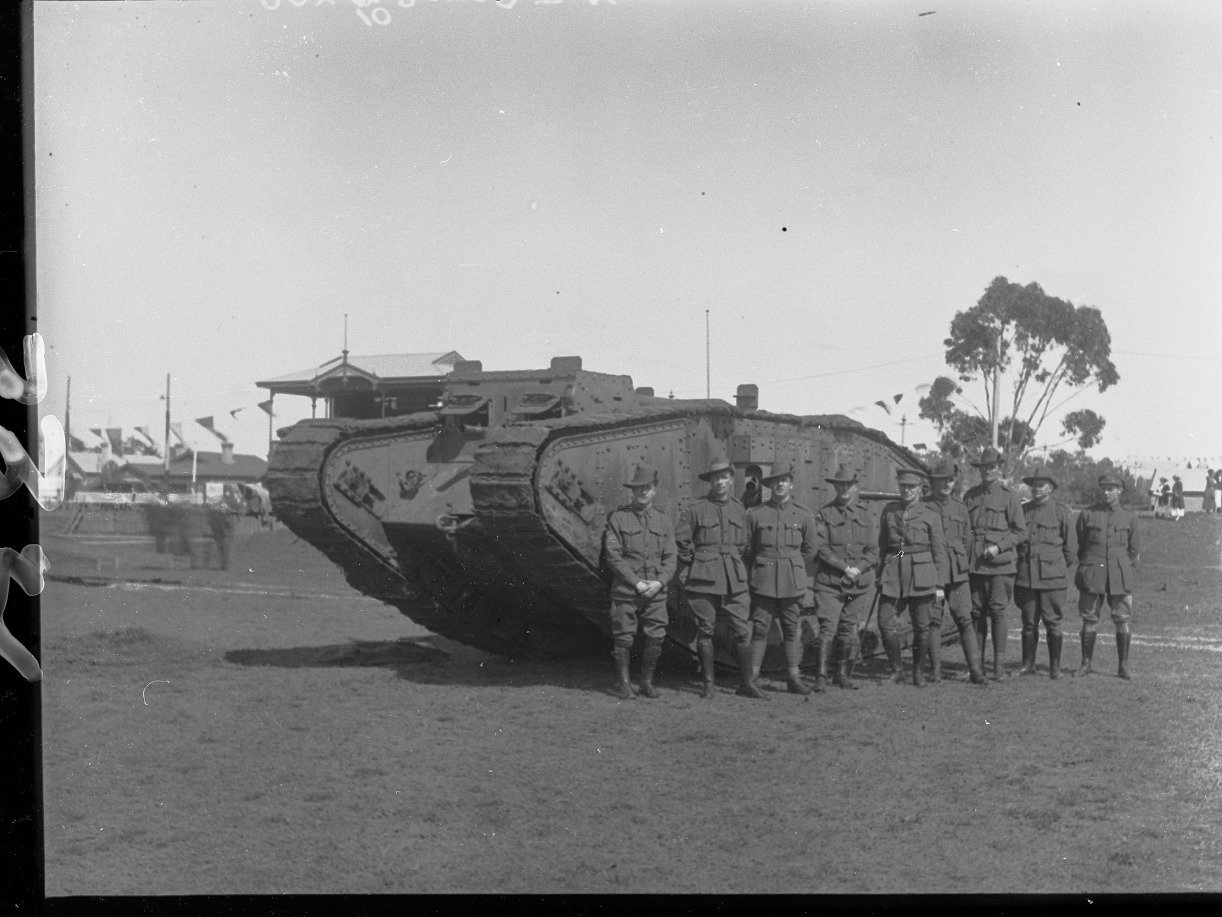
Mark IV Tank the Reason the British War Machine Became So Iconic The National Interest
The Mark IV was the most produced British tank in the First World War. In all 1220 units were built: 420 "male" and 595 "female" tanks. The males had two QF 6 pounder and three machine guns. The females had five .303 Lewis machine guns. In addition, 205 Tank Tenders, unarmed vehicles used to carry supplies, were also built..
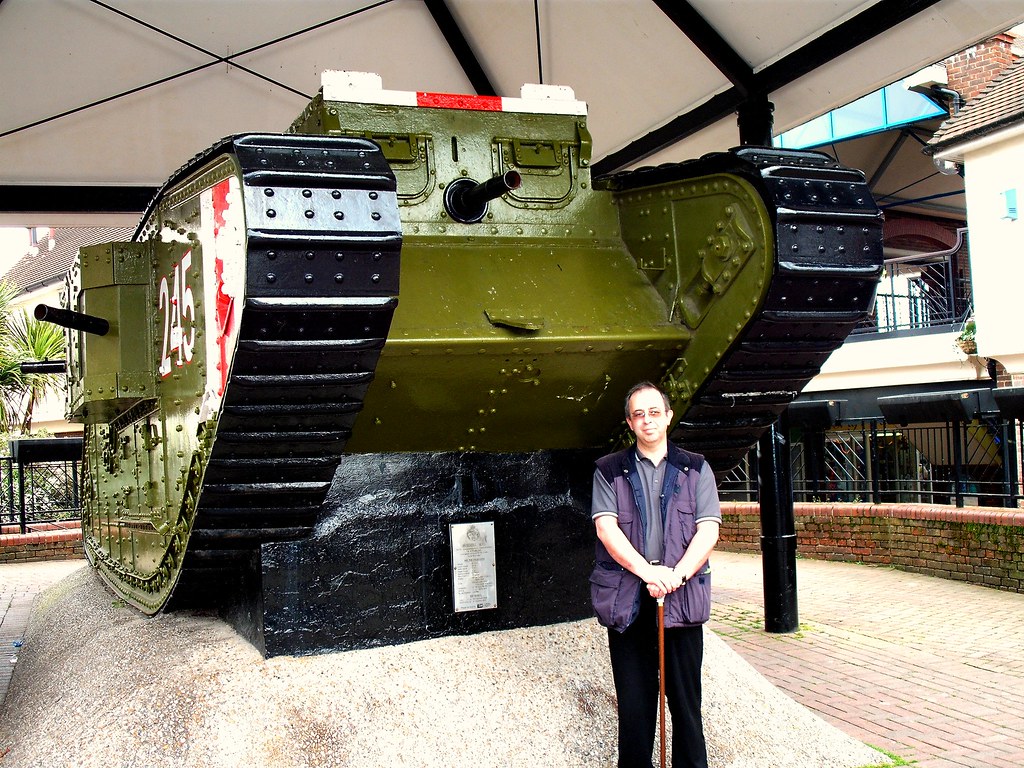
British WW1 Mark IV tank, Ashford, Kent This Mark IV tank … Flickr
The Mark IV tank would have typically been manned by a crew of eight soldiers, who would cram into the claustrophobic interior to drive over the muddy battlefield during an attack on an enemy trench.
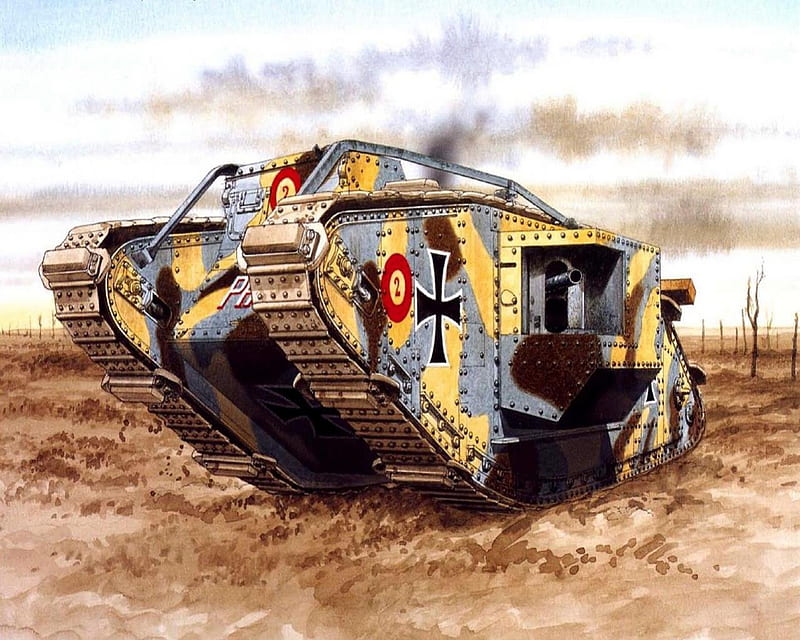
MARK IV TANK, mark iv, tank, ww1, captured, HD wallpaper Peakpx
Moreover, the added weight of the guns and thicker armor affected the Mark IV's performance, lowering its top speed to 25 mph compared to the T-34's 30 mph. Both tanks underwent increases in the thickness of their frontal armor, the Mark IV sacrificing side armor thickness to compensate for frontal armor increasing from 50 to 80mm. The.

Mark IV tank in the United States Army Ordnance Museum20 Inch By 30 Inch Laminated Poster With
The Mark IV closely resembled the Mark III, but its turret was welded rather than cast. The Mark IV was perhaps the most prolific Churchill tank and probably saw the most combat of any model. It was armed with either a six-pounder or a 75-mm gun. The tank weighed 39 tons, had a top speed of 27 km (17 miles) per hour, and a range of 145 km (90.

Mark IV The Tank Museum Mark IV
The "Mark IV" tank of World War I was rhomboidal in shape and came in two basic versions: male and female. The male version featured four machine guns and two 6-pounder (57mm) guns that were.
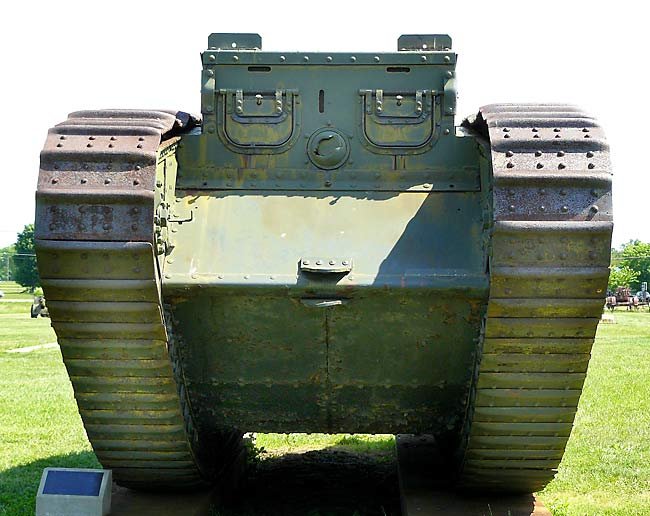
WW1 British Mark IV Female Tank can be found at the National Armor and Cavalry Museum, Fort
The Cruiser Tank Mark IV (A.13 Mk II) As its name indicates, the Cruiser Mark IV was the fourth adopted model of the series of British Cruiser tanks, designed around high mobility at the cost of armor protection. The vehicle shared the A.13 designation with the fairly similar Cruiser Tank Mark III (A.13 Mk I), of which it was an improved.

Mark IV tank Heritage Calling
Mark V tank. The British Mark V tank [a] was an upgraded version of the Mark IV tank . The tank was improved in several aspects over the Mark IV, chiefly the new steering system, transmission and 150 bhp engine, but it fell short in other areas, particularly its insufficient ventilation leading to carbon monoxide poisoning for the crew. [5]
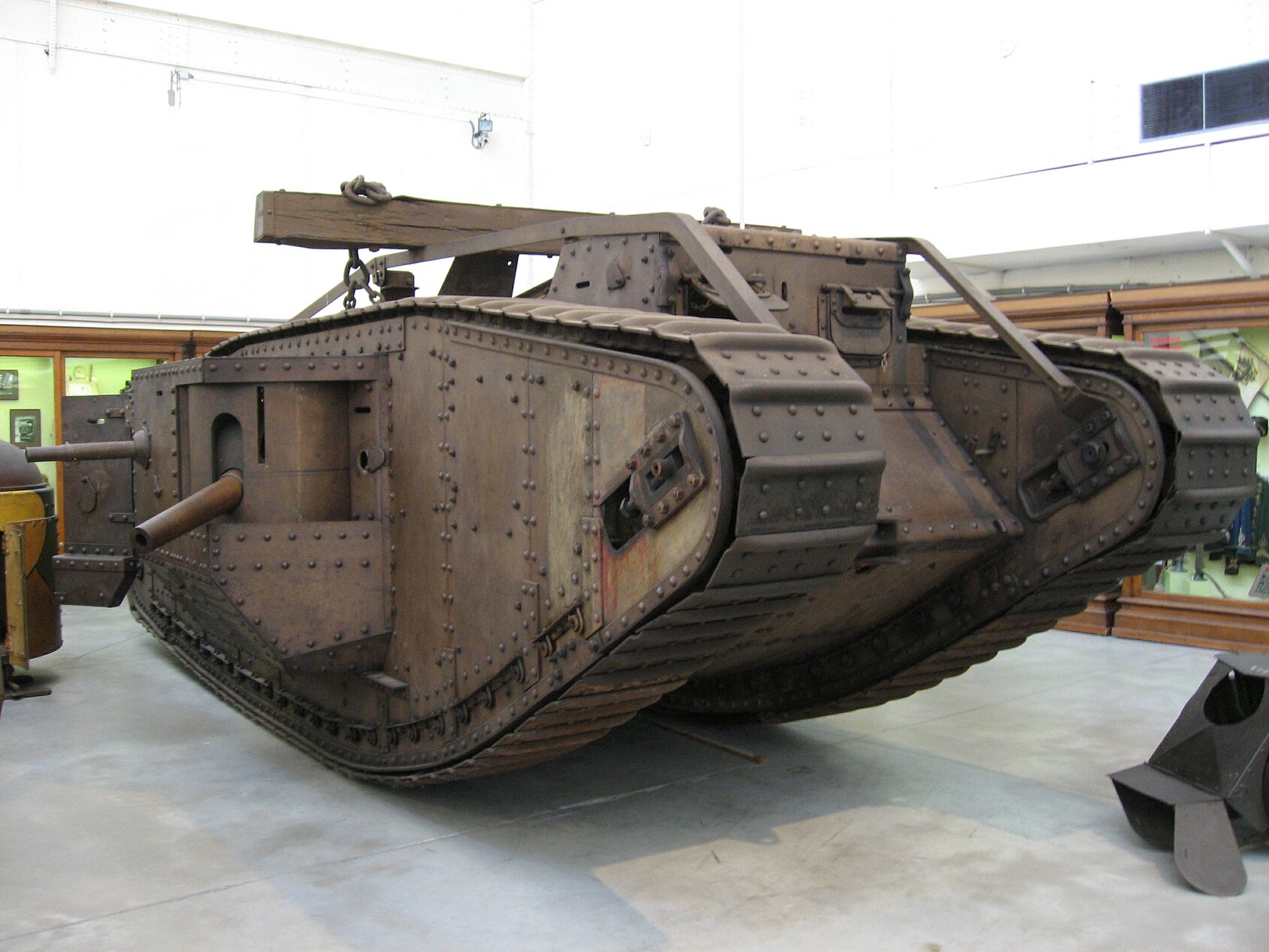
Mark IV Brussels tank r/pics
The Mark IV was a British tank of the First World War. Introduced in 1917, it benefited from significant developments of the Mark I tank . The main improvements were in armour, the re-siting of the fuel tank and ease of transport. A total of 1,220 Mk IV were built: 420 "Males", 595 "Females" and 205 Tank Tenders , which made it the most numerous British tank of the war.
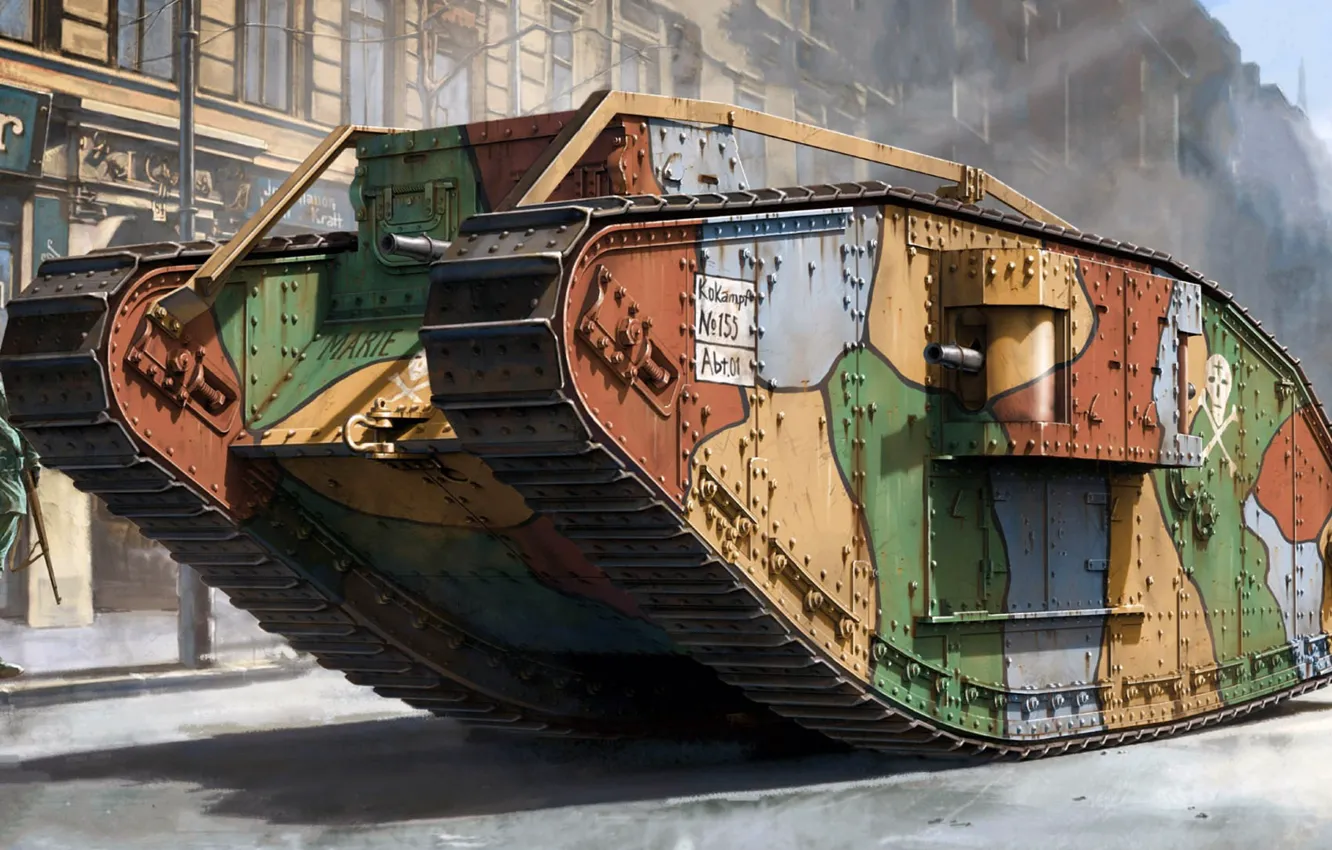
Wallpaper male, Mk IV, male, British heavy tank, Mark IV, captured by the Germans images for
The Mark V* tank was created for one purpose - its extra length. For all its advances and improvements over the Mark IV, the new Mark V tank that began to enter British service in the late Spring of 1918 had one similarity. At 26 feet 5 inches or 8.06m, it wasn't any longer than the Mark IV, which meant its trench crossing ability was no.

Mark IV Tank Ww1 tanks, British cars, Armored vehicles
The Mark IV was propelled by the Daimler-Foster, 6-cylinder in-line sleeve valve petrol engine, which developed 105 bhp at 1,000 rpm, allowing a speed of 6.4 km/h (4 mph). Transmission had 2 forward and 1 reverse primary gears and 2 speed secondary gears.

Mk IV Female 'British heavy tank WW displayed at the United States Army Ordnance Museum
Check out The Tank Museum on YouTube: http://youtube.com/thetankmuseumIndy and Tank Museum curator David Willey take a look at the British Mark IV tank. Over.

British Mk IV Male WW I Tank replica made for the motion picture 'Warhorse', now owned
The "Mark IV" tank of World War I was rhomboidal in shape and came in two basic versions: male and female. The male version featured four machine guns and two 6-pounder (57mm) guns that were mounted on side extensions called sponsons. By contrast, the female version had only machine guns. Each vehicle was given a name corresponding to the.

Mark IV male' British heavy Tank by the roadside, near Perrone,1918 World of tanks, Pictures
The British Mark IV could weigh as much as 29 tonnes, but the new tank would weigh only seven tonnes, making it less likely to get bogged down in the soft, shell-cratered ground between the trenches.
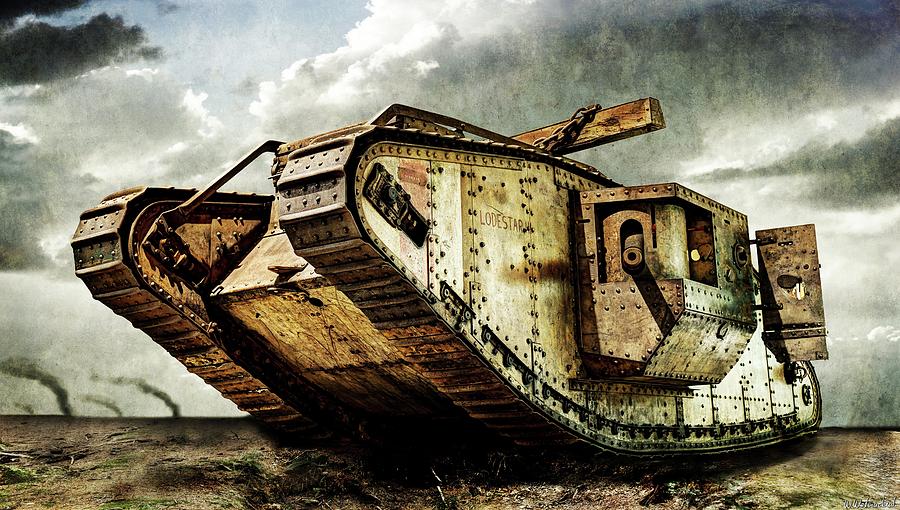
Lodestar IIi Mark Iv Male Wwi Tank Photograph by Weston Westmoreland
Learn all about the Mark IV, the most prolific tank. 105 years ago, the Battle of Cambrai started. It was the first battle, in which tanks played a key role. Learn all about the Mark IV, the.